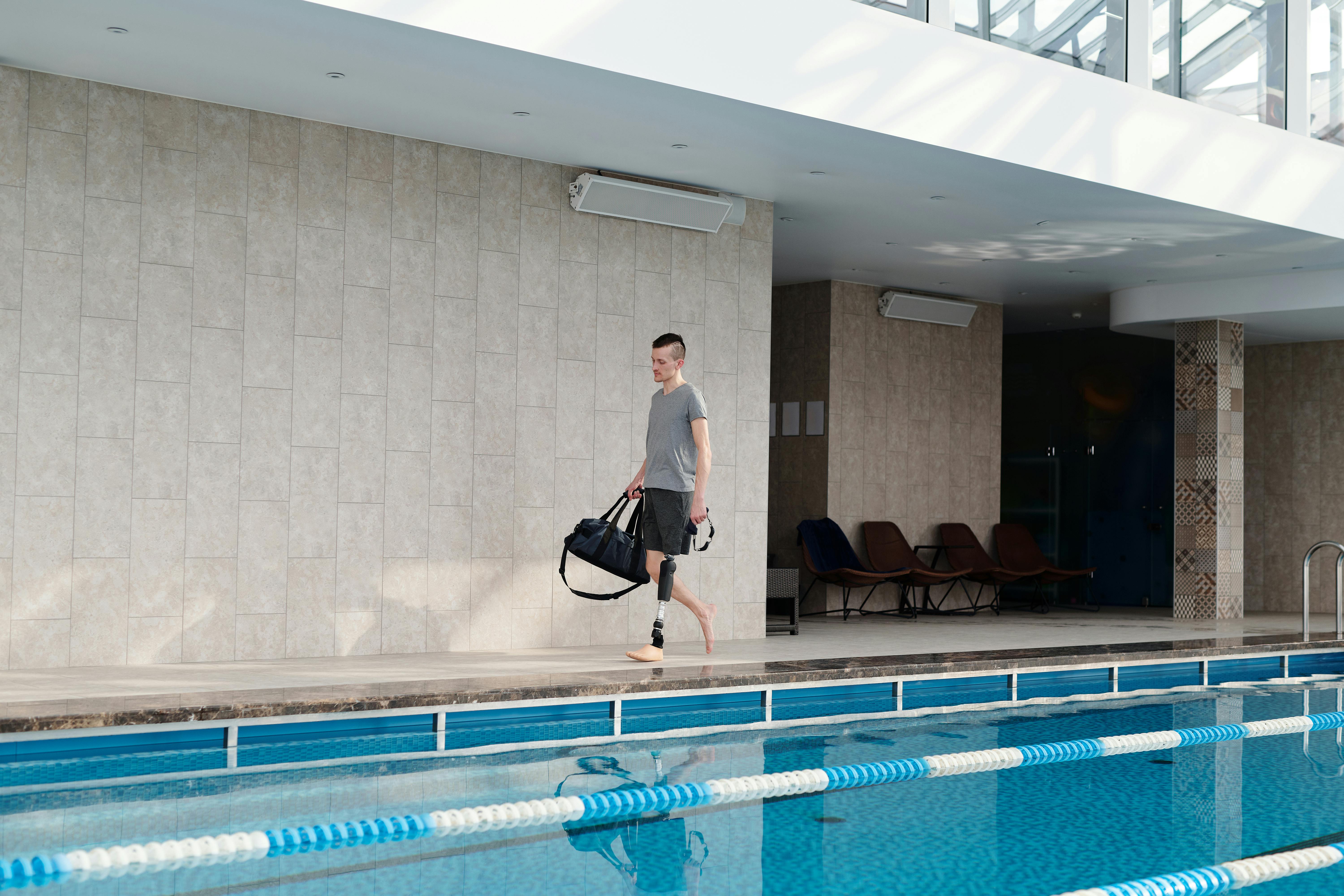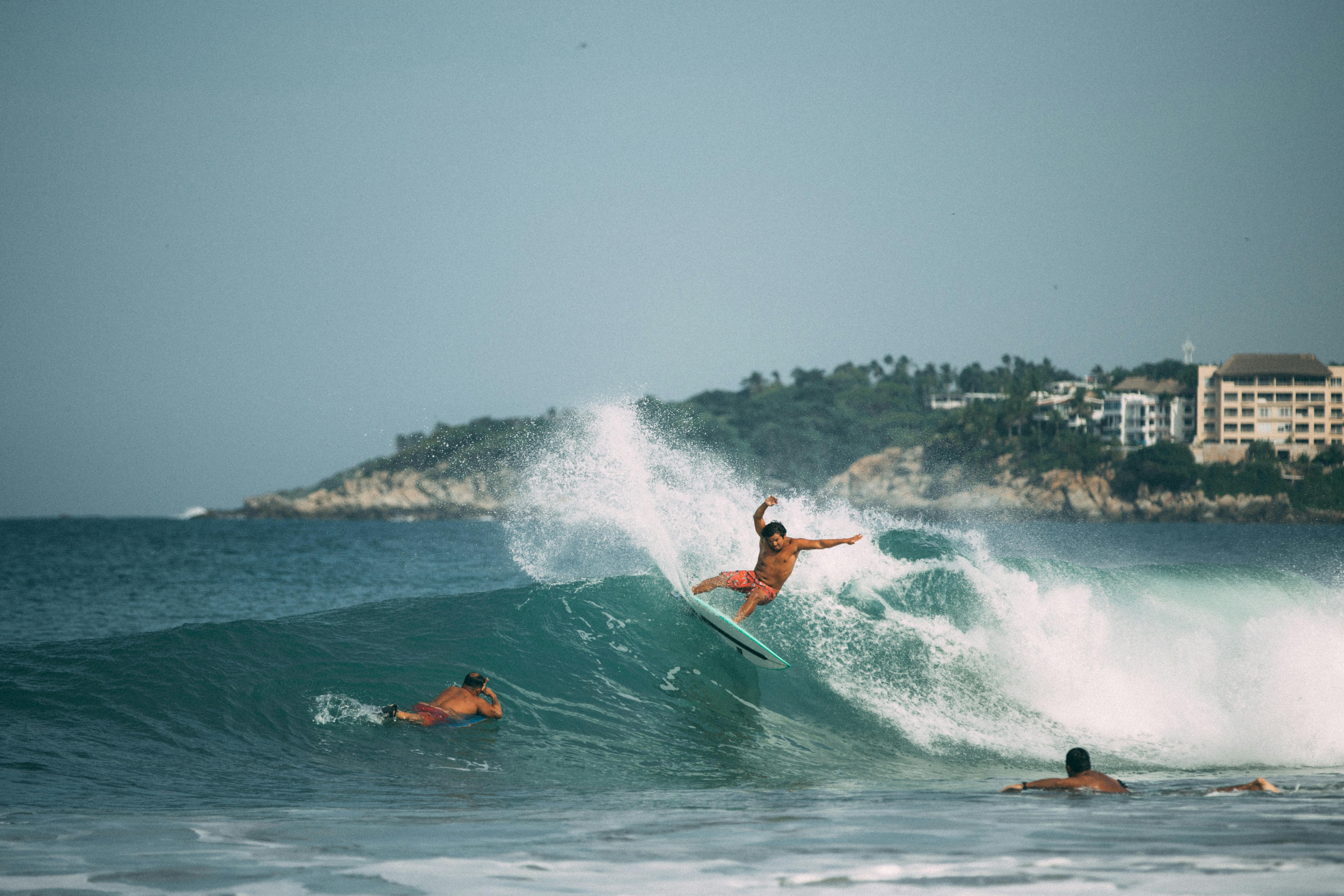Bali is known by many names to those who have visited the island. Many Indonesians refer to this piece of paradise as “Pulau Dewa” or “Island of the Gods”. Since October 2002, the island has experienced a marked decline in the number of foreign tourists who come to enjoy the diverse landscape, culture and religion found here. Hopefully, with a peaceful election campaign behind us, Bali will once again see tourists return in large numbers.
Our visit to Bali in March was not a party, but rather a visit to see the cooperative Arabica farming system found in the mountainous areas of central Bali. Traditionally Balinese coffee was of the robusta variety. This is the cafe that many tourists who visit the island experience and love. The origins of Robusta here date back to the early 20th century or earlier. Commercial colonial plantations never had an impact on Bali because the Dutch did not gain any degree of control over the island until the 20th century. By this time, the large plantations in Java, Sumatra, and Sulawesi were already well established. The Robusta in Bali probably came through traders from Ampenan in Lombok. Growing conditions in Bali are ideal for coffee trees, and small-scale production spread rapidly in the cooler, higher-altitude areas of the island.
In recent times, with the drop in Robusta prices, Arabica has been planted in various areas of the island. Some of these plantations are in commercial plantations, however, most of them are beans grown by smallholders in a series of villages that sit on volcanic peaks. Our visit was to inspect the drying and processing facilities for this mountain-grown Arabica from Bali.
As in the rest of the coffee world, smallholders make up the majority of producers, but receive little real financial reward for their efforts. Our concern is always to find ways to help these small producers improve their harvesting, drying and grading processes so that they can market their coffee on the specialty coffee market outside of Indonesia. In most cases, growers are more than happy to hear ideas on how to improve the final quality of their product. In Bali, the yields of the trees in raw cherries are very good. Most cooperative growers are organic without certification: the costs of pesticides versus the price of the finished bean make no sense. Smallholders almost universally follow the dry method of bean processing. This involves placing the fruit in the sun on large, flat concrete drying pens. The coffee is regularly raked to ensure that the drying takes place at a constant rate. Before drying, the cooperative removes poor quality cherries, usually berries that are unripe, have evidence of fungal diseases on the surface, or berries that have been damaged by birds or other pests. After drying and removal of the remaining mucilage, the grains are sorted again. This time, the beans are graded based on whether there is evidence of borer damage, discoloration, black beans, or split and split beans. This is the scope of the classification: the cooperatives do not carry out a screening at the origin, since normally the grains are resold to the large producers who then classify more.
We like the early season greens we saw in the highlands of Bali. Colors and grain strength are good, as is the overall quality. The test roast resulted in us deciding that the dry processed bean had some characteristics reminiscent of lower altitude Java Arabica beans. A very mild, slightly honeydew flavour… We look forward to later in the year when we will be in Bali for the harvest of most of the 2004 crop.




Recent Comments